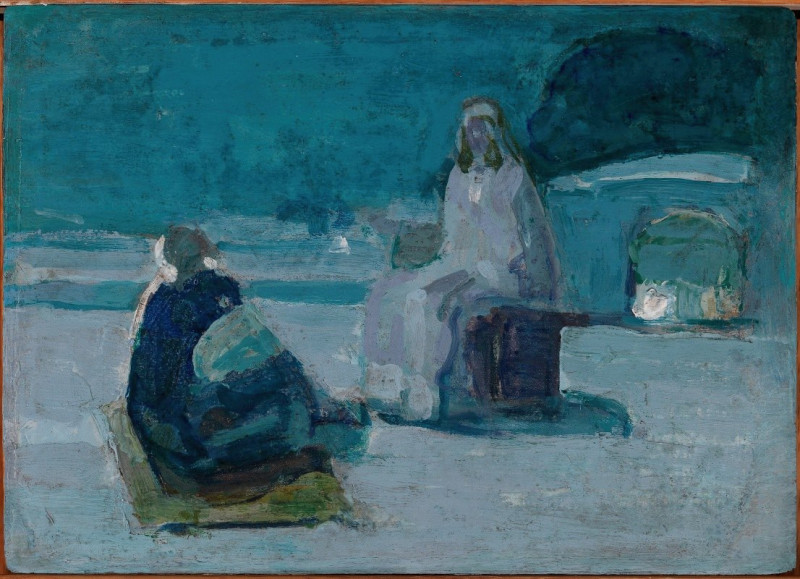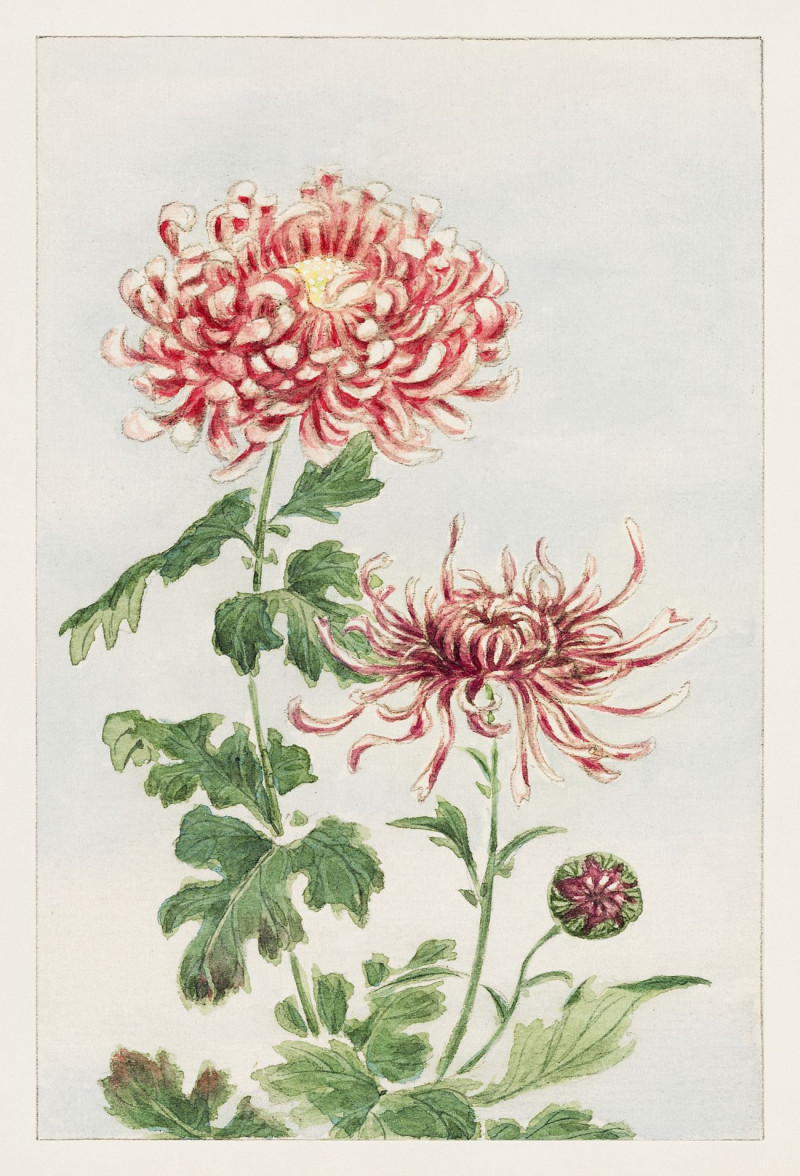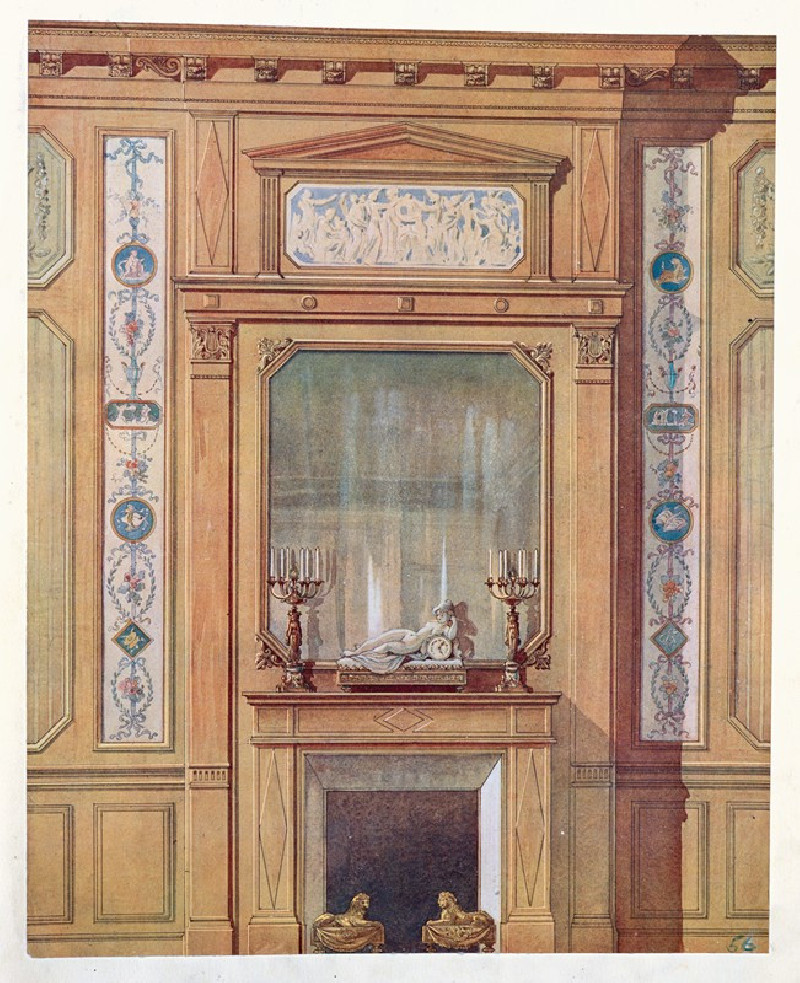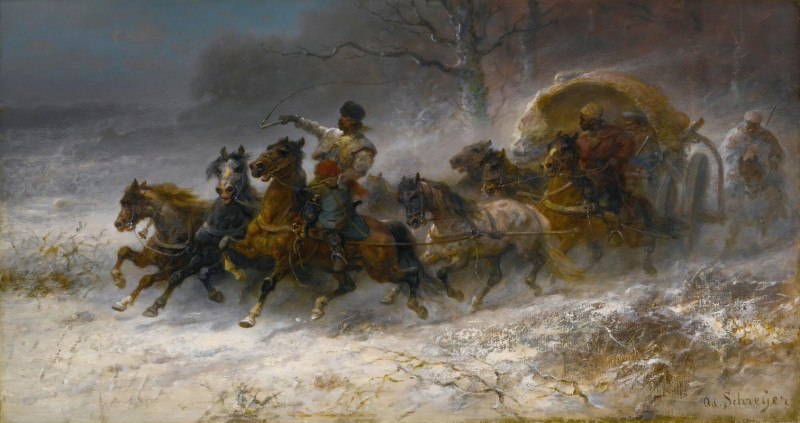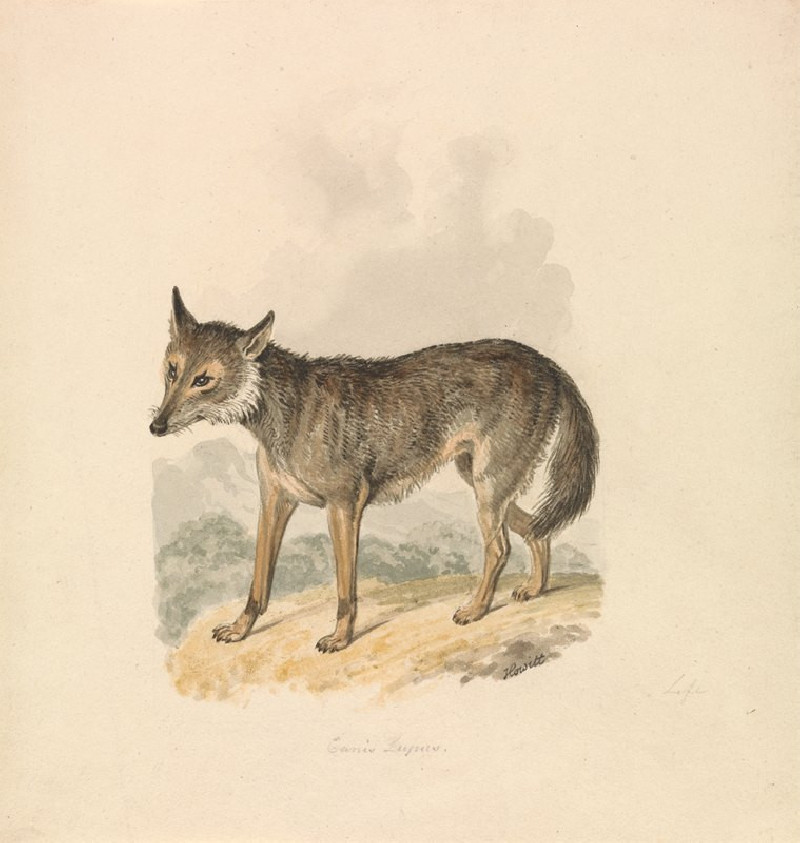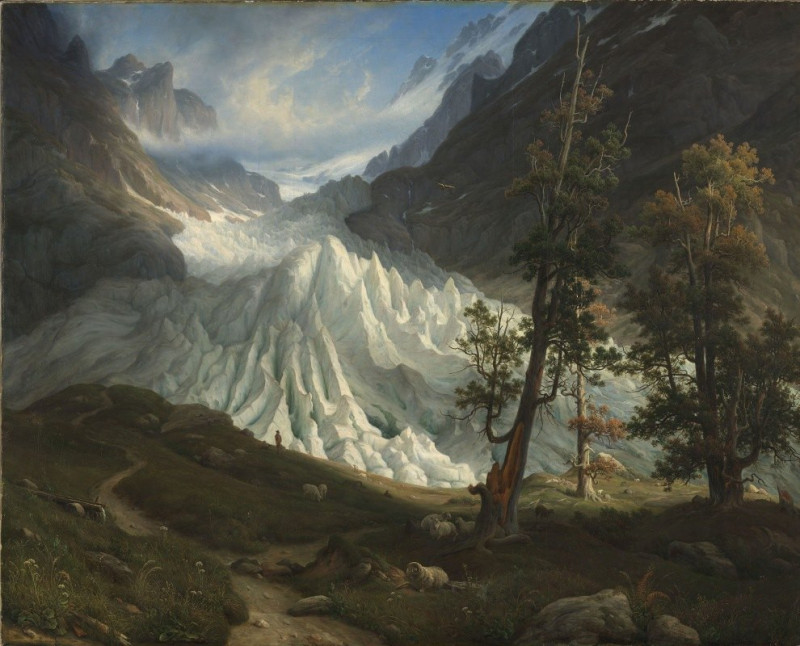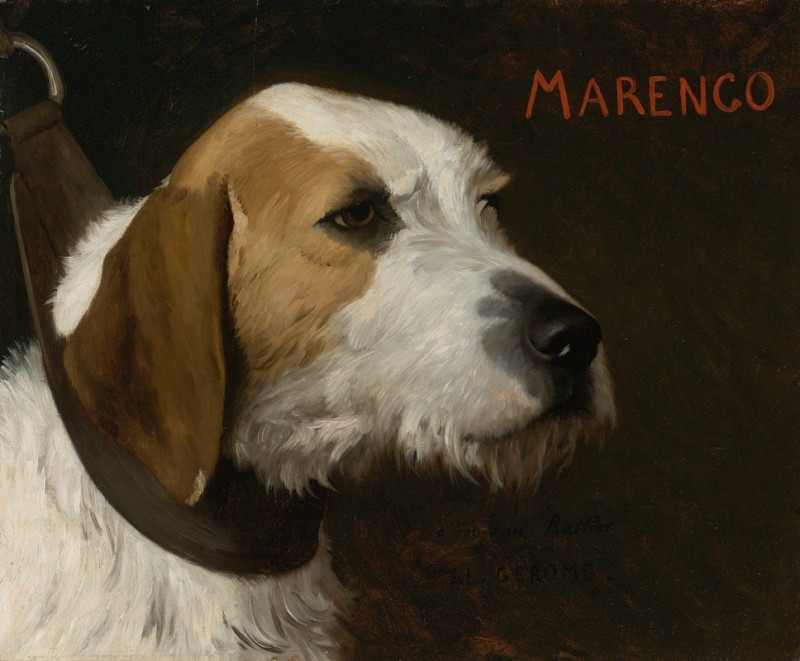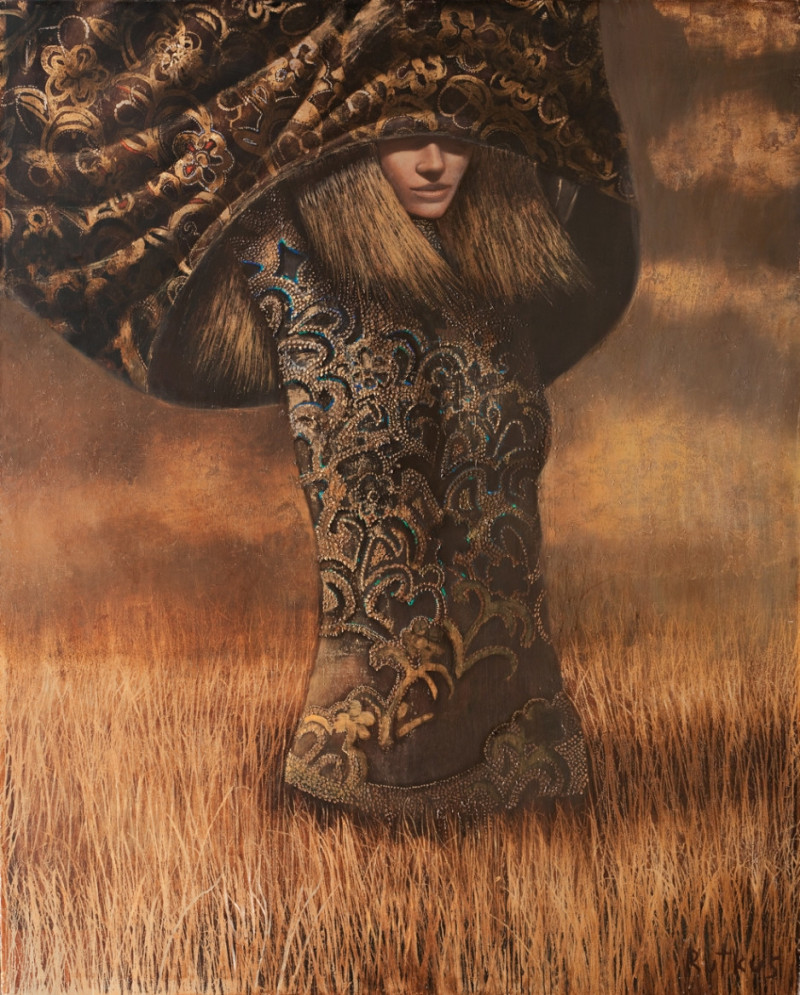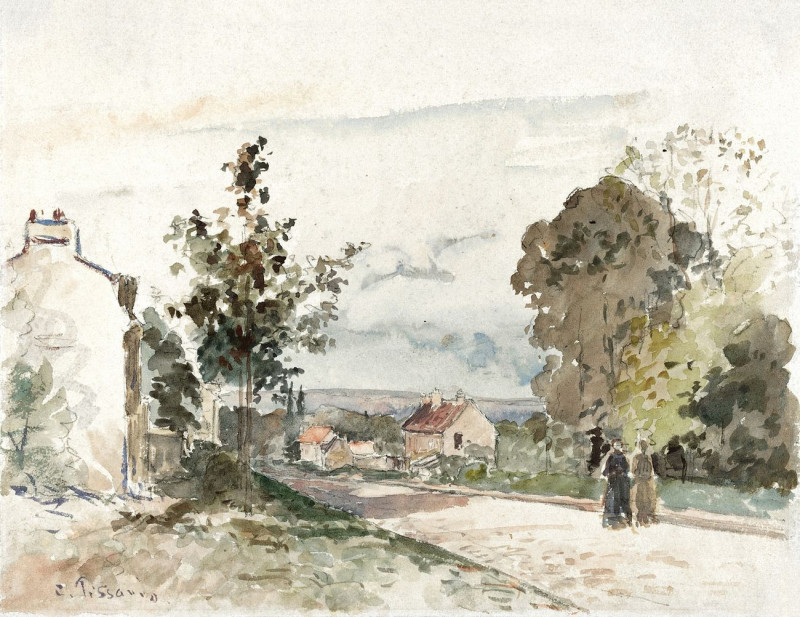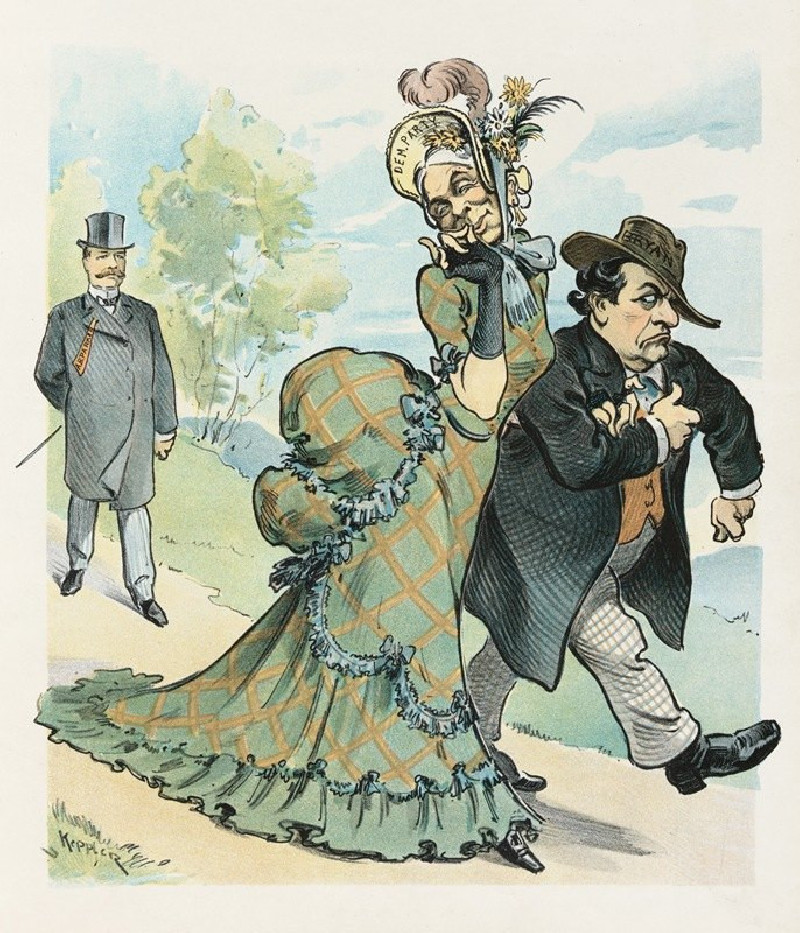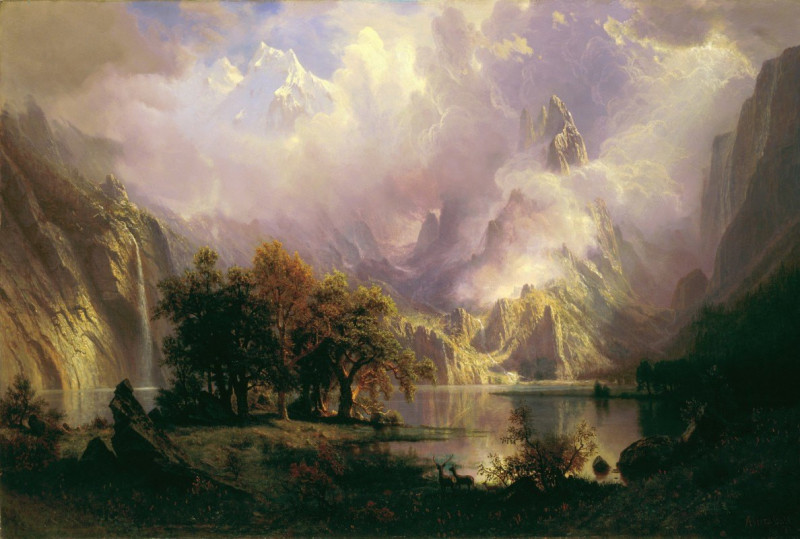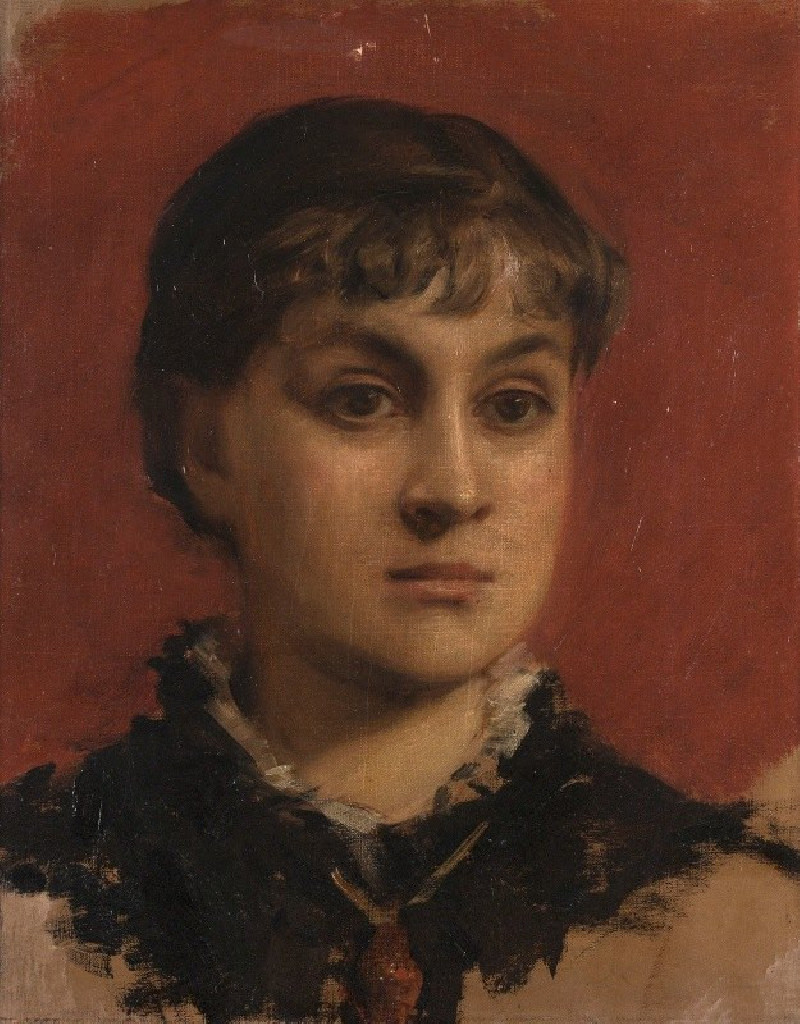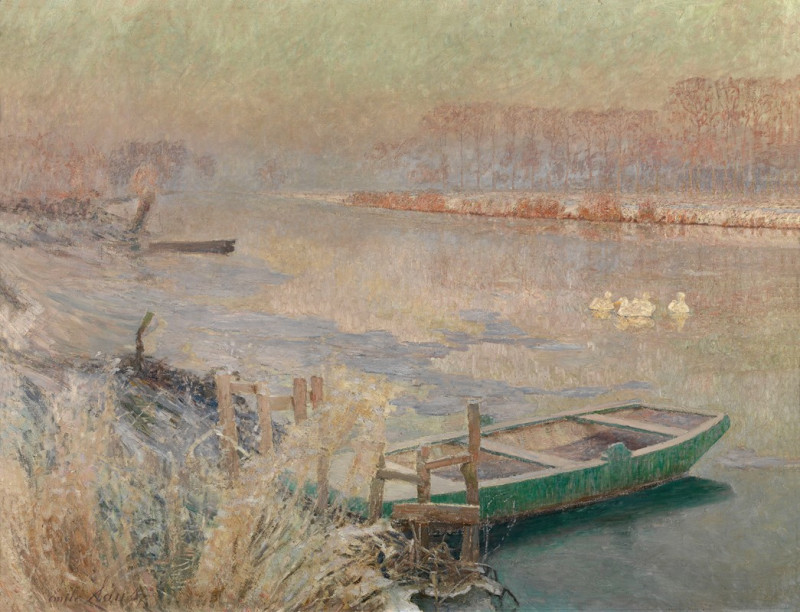Drei Figuren auf Fehmarn (Postkarte) (1914)
Technique: Giclée quality print
Recommended by our customers
More about this artwork
In the striking composition "Drei Figuren auf Fehmarn (Postkarte)" from 1914, Expressionist master Ernst Ludwig Kirchner captures an intriguing interplay of figures and landscape. The work, true to Kirchner’s daring style, employs a dynamic array of colors and bold, sweeping lines that seem to dance across the canvas, vividly capturing the essence of movement and emotional depth.This painting portrays three figures amidst the rugged and undulating landscape of Fehmarn, an island in the Baltic Sea where Kirchner spent several summer months. The figures are rendered in a somewhat abstract form, with elongated limbs and fragmented bodies, which is characteristic of Kirchner's approach to distorting form to convey deeper emotional resonances.The colors are earthy and intense, ranging from deep browns and blues to touches of bright reds and pale yellows, contributing to a sense of vibrant, almost raw energy emanating from the scene. The background suggests a simplified, almost stylized interpretation of the natural world, which enhances the focus on the human figures and their relationship to their surroundings."Drei Figuren auf Fehmarn (Postkarte)" not only showcases Kirchner’s bold use of color and form but also reflects his ongoing exploration of human figures in harmony with nature, emphasizing a theme central to many of his works.
Delivery
Returns
Ernst Ludwig Kirchner (1880–1938) was one of the most important German Expressionist painters. He was a co-founder of Die Brücke, a group of German expressionist artists formed in Dresden in 1905. Die Brücke and Kirchner took inspiration from Vincent Van Gogh and Edvard Munch, as well as African and Oceanic art. They used woodblock printing as a medium to showcase their signature style: flat, unrealistic images with vivid colors. The recurring themes in Kirchner's artworks included exotic cultures, faraway landscapes, self-portraits, dancers and Berlin street life. His paintings and prints effectively portrayed non-European cultures despite the fact that he never traveled outside of Europe.
































